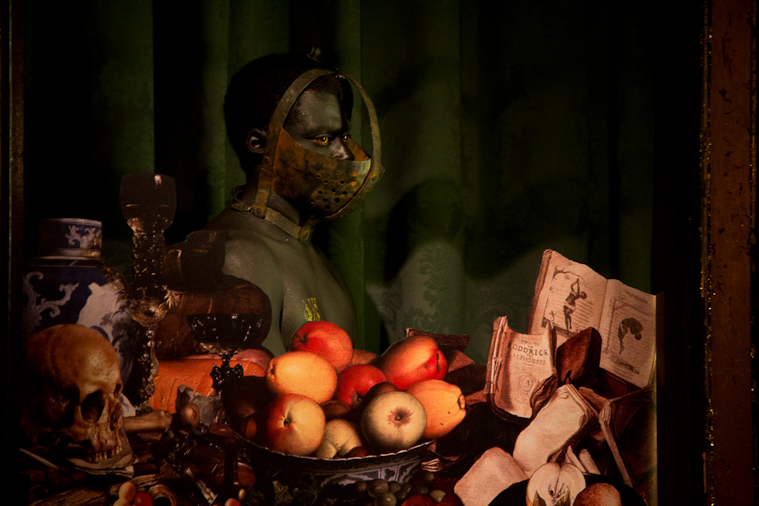 Holland Festival
Holland Festival
A sociable group of ladies who came in laughing and chatting, leave the room bewildered and tearful. Upset, embarrassed, this is how I see all visitors coming out. What is difficult to describe in words is written on their faces. Exhibit B by Brett Bailey is more than impressive. It is an exhibition that confronts and touches.
Slave woman Saartjie Baartman was exhibited nude as an outgrowth of nature from 1810. After her death, her skeleton and prepared genitalia and brain were exhibited in Paris until the mid-1970s. Angelo Soliman, a philosopher, mathematician and historian, was skinned, stuffed and publicly exhibited in the emperor's natural history collection until 1848, along with other Africans and wild animals.
These and many other heartbreaking stories from post-colonial history are featured in Exhibit B narrated. South African playwright and director Brett Bailey put his actors on plinths, as in the museum. They are displayed, as 'natives' from mid-19e century until World War II were on display. These human zoos were wildly popular. Analysing their abnormal skulls was also a popular activity. This proved the inferiority of black people.
It is dark and silent in the long hall of Shed 6. Only the soft lamentations of a Namibian choir can be heard. A Congolese man looks at me sternly. His big eyes are penetrating. Do I look back sternly? Should I smile at him? Uncomfortably, I lower my eyes. Only then do I see it: the man has no hands. They have been chopped off, apparently because he didn't harvest enough rubber. On the information sign I read: 'Trophies brought to Europe from Congo Free State.'
A pedestal away suddenly stands a modern-looking man, wearing a black hooded jumper and cap. He is described as, "Found object: Surinamese immigrant. It quickly becomes clear that Bailey has incorporated not only history but also the current situation in the Netherlands into his exhibition. He shows, for example with the failed asylum seeker in a plane seat, how we currently treat immigrants and asylum seekers. Visitors dwell for a long time on this young girl with tearful eyes.
All tableaux are detailed with museum pieces like maps and skeletons. Even the actors are carefully dressed and (sometimes) painted. Yet it is their eyes that grab you and won't let go. Their proud gaze tells its own story. A story that evokes feelings of guilt and shame in many visitors. For a moment you forget that the 'museum pieces' are actors. Until they are taken off their pedestals by Bailey for a break.

